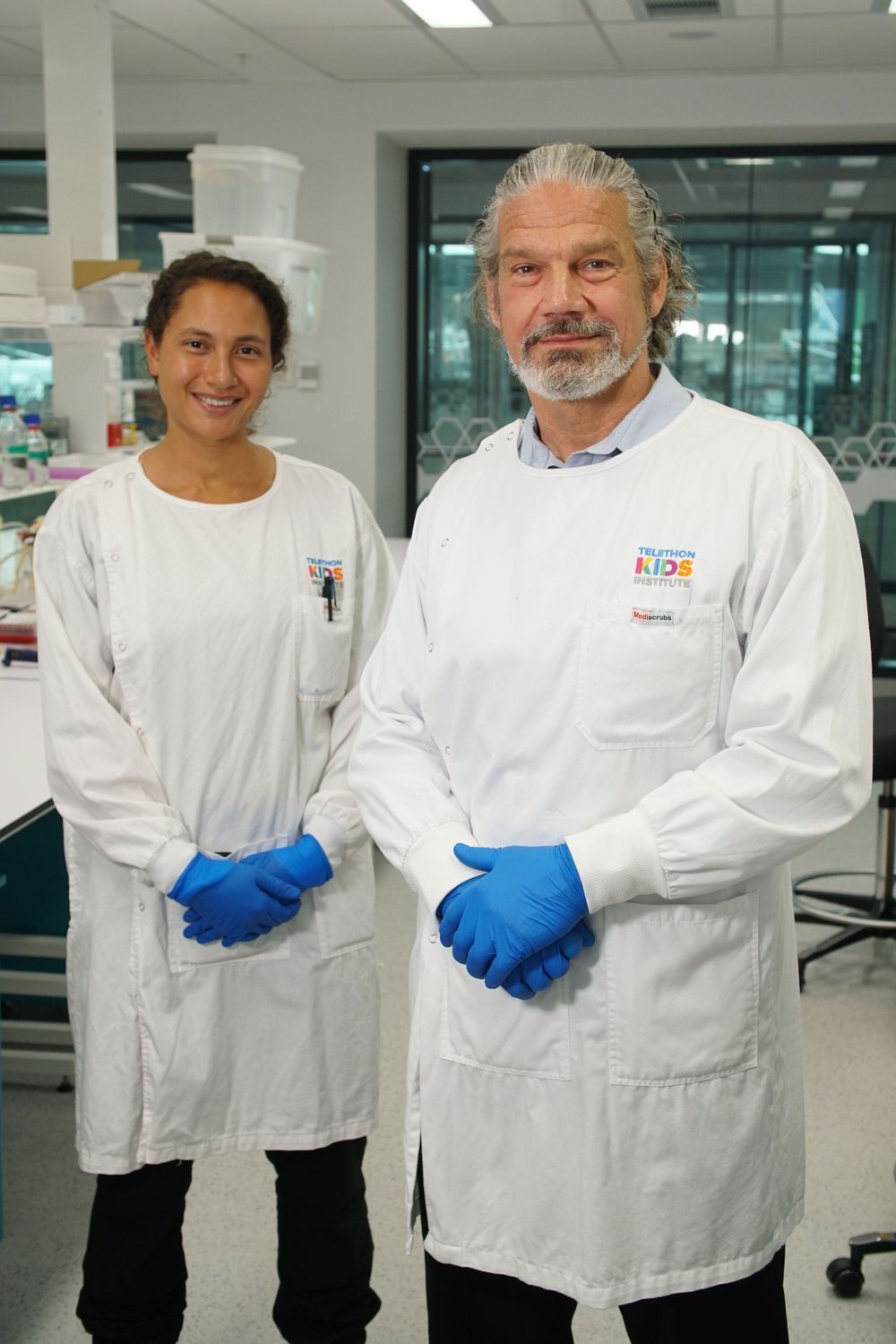An international research team has identified the mechanism behind one of science’s most enduring mysteries: what makes the 100-year-old tuberculosis (TB) vaccine so effective at preventing newborn deaths from diseases other than TB?
The ability of Bacillus Calmette-Guérin (BCG)—one of the oldest, safest and cheapest vaccines available—to provide protection to newborns beyond its intended purpose of fighting off TB has been known since at least the 1940s, but until now no one has been able to explain why or show how it works.
In a new study, published today in Science Translational Medicine, researchers reveal how they identified a dramatic and rapid increase in neutrophils— white blood cells that patrol the body and destroy invading bacterial pathogens—in mice and babies within three days of BCG vaccination.
